Description
Calculus, Tenth Edition continues to evolve to fulfill the needs of a changing market by providing flexible solutions to teaching and learning needs of all kinds. Calculus, Tenth Edition excels in increasing student comprehension and conceptual understanding of the mathematics.
The new edition retains the strengths of earlier editions: e.g., Anton’s trademark clarity of exposition; sound mathematics; excellent exercises and examples; and appropriate level, while incorporating more skill, a research-based, online environment for effective teaching and learning, continues Anton’s vision of building student confidence in mathematics because it takes the guesswork out of studying by providing them with a clear roadmap: what to do, how to do it, and if they did it right.
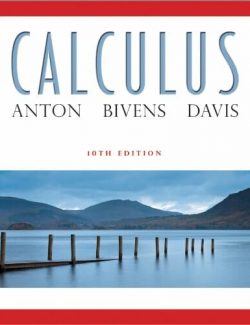



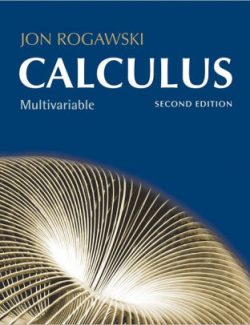
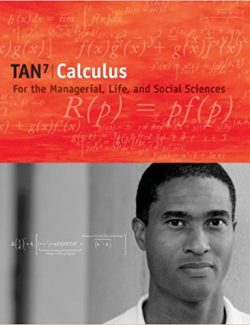

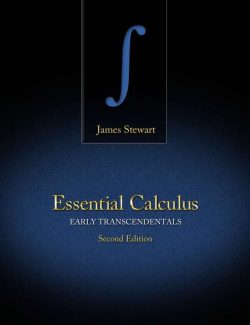

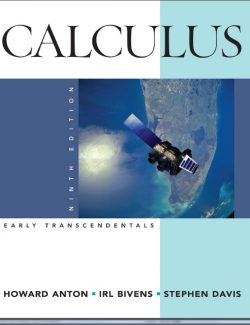

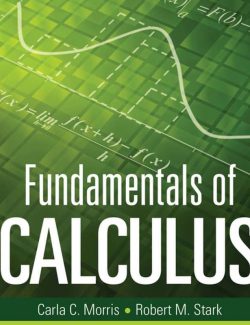

Leave us a comment
No Comments